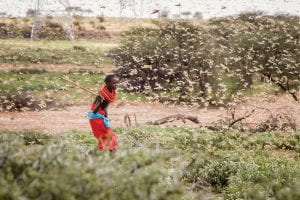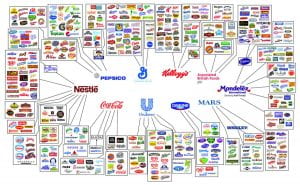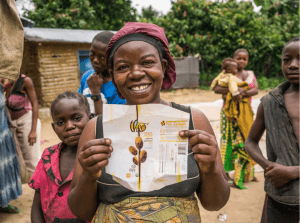Taking on the action project has been one of the most interesting experiences I’ve had this quarter. Before starting the project, I had already envisioned some of the work we may be assigned to do with the Salish Center. However, about a week in I came to realize that the nonprofit was not as far along in their journey as I had previously assumed they were. This gave our group the unique opportunity to work with our NGO to build a solid base for the organization. At first this task seemed quite daunting and I wasn’t sure if I had the proper skill set to help my team and the NGO accomplish such a large task. Nonetheless, as the weeks led on our group worked hard to set goals and achieve them. It started with us doing some research and coming to the consensus that it would be in the organizations best interest to establish a PDO (protected designation of origin) rather than an AOC (Appellation d’Origine Protegee). From there, we brainstormed and came up with a number of ways we could achieve this goal for the organization. Then, we split up the tasks and each of us put our efforts towards getting our individual responsibilities completed. My role in the group was to email other NGOs in Washington, to notify them of the Salish Centers mission and to also ask for their support in our endeavors.

Salish Center Medallion (another goal was to place this medallion on all sea-food caught from Salish Sea)
Unfortunately, I had not received as many replies as I was expecting, but I suspect it may be due to the current pandemic. The lack of responses to all our emails did pose as a massive obstacle, and at times made me question if we were going to make a tangible impact in our community. Towards the end of the quarter, I realized that even if I was not able to make as large a contribution as I was hoping to, I can still utilize the knowledge, communication and tech skills I gained through this experience and apply it to any opportunity I am presented with in the future. Initially, when reflecting on the connections that existed between the work we’ve done with the Salish Center and the topics we’ve discussed in class, it was difficult for me to make any clear connections. This was until professor Litfin mentioned how beneficial it can be for local businesses and consumers to be aware of where their food comes from. In a society where we often can barely pronounce the ingredients in our food, it is clear that there has been a massive strain put on the relationship between consumers and the food that fuels them. The Salish Center is one the many organizations that are actively working to narrow the gap that exists between consumers and their food source. The Salish Centers strategy for tackling this issue is to educate the public about sustainable fishing practices, and the health of the Salish Sea, while simultaneously show-casing the quality of the seafood that hails from the Salish Sea. Ultimately, they are working to rekindle the

This map is a great visual depiction of the “12 centers of diversity” (aka the regions, or hotspots, that harbor a disproportionately high percentage of all plant, livestock, and cultural diversity.)
connection between consumers and their food source by first strengthening the relationship that consumers have with the environment that harbors the food source. Thus, further incentivizing individuals to protect and cherish the habitats that shelter the very wildlife that fuels their bodies.
Link to Salish Center Website: https://salishcenter.org/#chefs
Link to SeedMap: http://seedmap.org/where-does-our-food-come-from/ The site provides information on how virtually all of the foods we eat today– our major crops and most livestock species – have their origins in the tropics and subtropics of Africa, Asia, Latin America and Oceania. The way to safeguard our food supply is by protecting these centres of diversity, as well as using and continuing to adapt the plant and genetic diversity carefully bred and nurtured by farmers.




